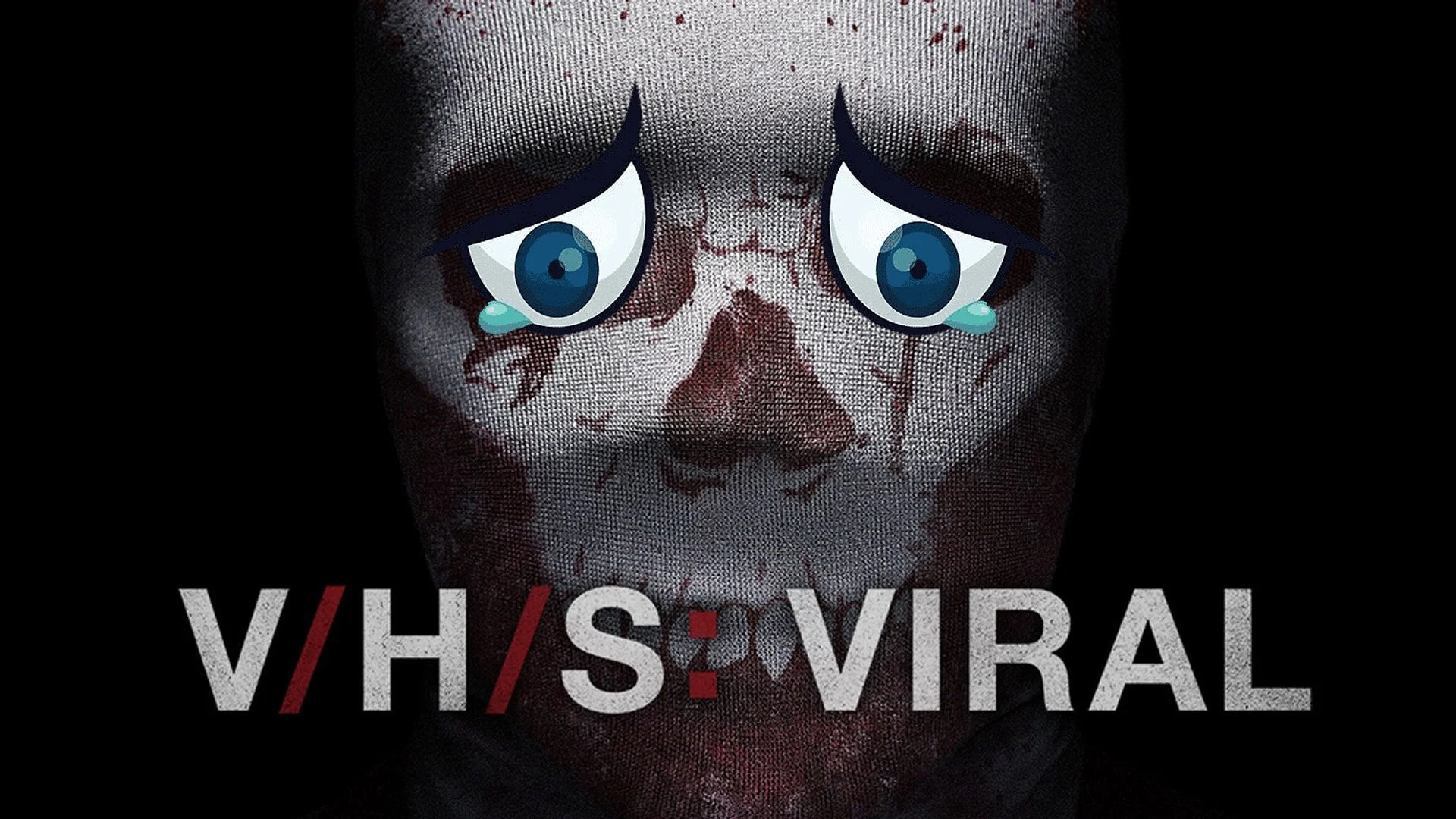History Of Practical Effects
Image Source: IMDb
One of the most important aspects of a film, especially a horror film, is the effects. In recent years, many films have resorted to using CGI for their effects, but some directors have worked to use practical effects instead. Classic horror films are so good because of their use of this method, and when a modern-day film decides to use these effects over CGI, the films are far scarier. There are plenty of examples of practical effects used in horror films, like the bees in Candyman’s mouth in Candyman, the werewolf transformation in An American Werewolf in London, and the chest-bursting scene in Alien. What is typically overlooked when discussing practical effects is their history, so let’s take a quick look at the history of practical effects for part two of my five-part series.
To start, let's talk about what practical effects are. Many of you may have heard the term SFX or special effects since these videos are quite popular on YouTube and TikTok. This would be a great example of a practical effect. Practical effects are any effects created on-set while filming. They use real props, makeup, animatronics, pyrotechnics, and puppets, just to name a few of the things that can be used. In films like 3:10 to Yuma, we see practical effects in the gun fights because all of the effects in the gunfights are created on-set. Another example is Geroge Lucas’ use of a puppet for Master Yoda in many of the Star Wars films. Practical effects do not always result in blood and guts, but they can, like the chest-bursting scene in Alien where Ridley Scott used guts from fish markets and puppets to create the jumpscare. Lon Chaney was also known as “the man with a thousand faces”, and he is considered the pioneer of practical effects. He used incredible makeup techniques to completely transform his appearance, which is what led to his nickname. These techniques would lead to the creation of the Universal monsters, who were all made through the use of costumes or makeup.
RELATED:
Image Source: CultureSlate
There was no denying the success and impact of practical effects in horror films, but the creation of CGI led to them being pushed out of many films. Many action and adventure films would use CGI to create incredible monsters, but this posed a serious issue for horror films. In a horror film, there is supposed to be suspense, and the unveiling of the monster or villain should be horrifying for both the characters and the audience. Unfortunately, the use of CGI led to scenes where the focus was on the CGI-created character, and all suspense and horror was gone.
The best examples of this are the 2005 film Boogeyman and the 2013 film Mama. Both films were full of suspense, but when the CGI monster was revealed, all fear and suspense were gone. We saw this most in the 2000s to the early 2010s when studios were leaning heavily on filmmakers to use CGI over practical effects. There were even cases where, after the films were done using practical effects, the studios would insist that they be replaced by CGI in post-production. This is what happened to the 2011 remake of The Thing, and it led to a completely disjointed and ridiculous film. Thankfully, filmmakers started pushing back, and since the late 2010s, we have seen a resurgence of practical effects in horror films.
While we will never again live in a time without CGI, it is refreshing to know that filmmakers are finally pushing back and insisting on the use of at least some practical effects. Horror films are supposed to prey on our fears and make us scared in a safe space. The CGI in horror only leads to disappointment and the destruction of otherwise good films.
READ NEXT:
Source(s): Dead Talk News















